We drive the new Jaecoo 7, a Chinese SUV that wants to redefine the meaning of premium
Perhaps surprisingly, the new J7 isn’t an EV; instead it’s got a Super Hybrid System at its heart, and a list of high-tech kit that never ends
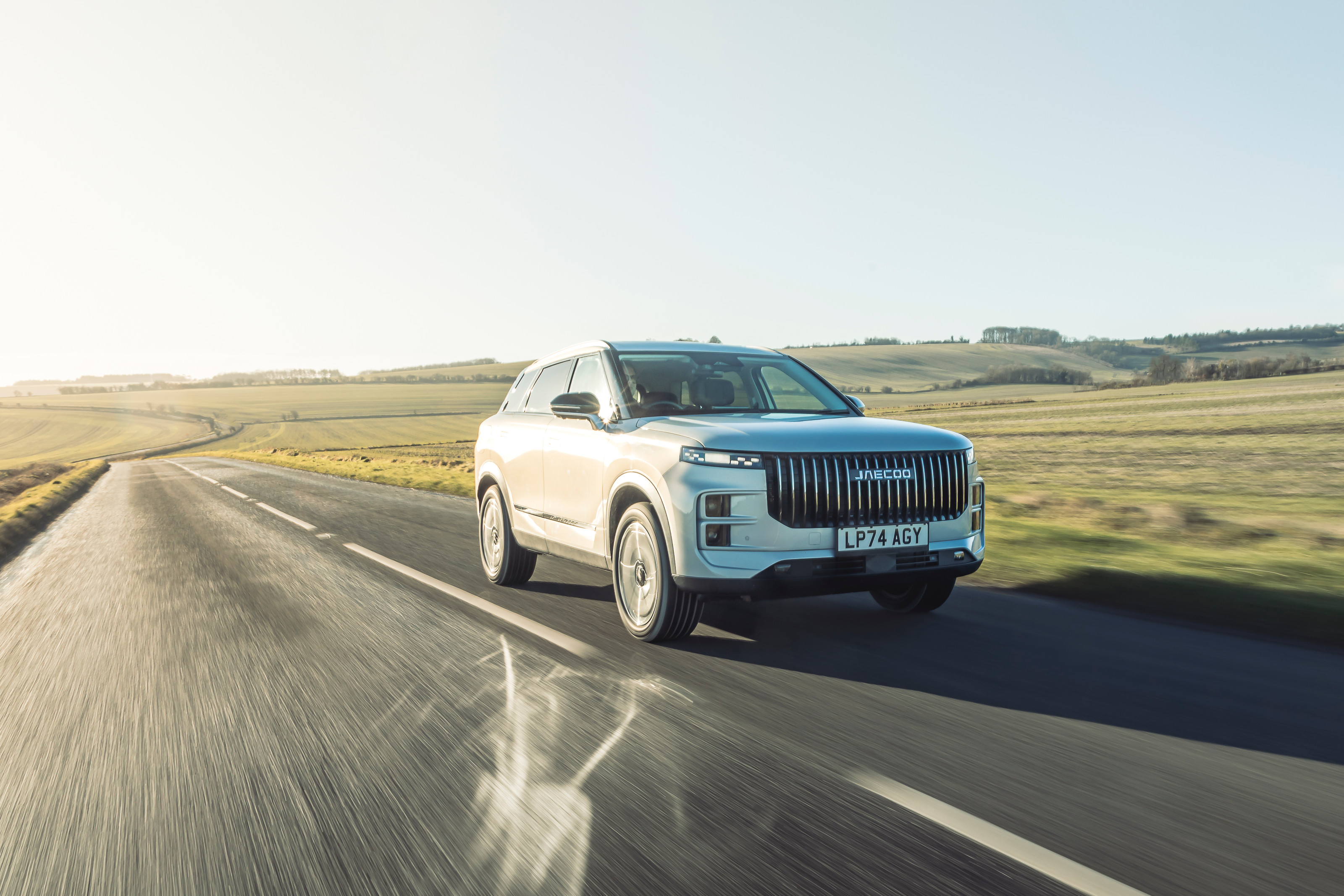
What we have here is an exceptional value proposition, a full-size SUV replete with every conceivable extra, plus promised efficiencies and reliabilities that sit above or near the top of current expectations. What’s the catch? Depending on your relationship with brands, status and the complex nuances of geo-political trade, there might not be one.
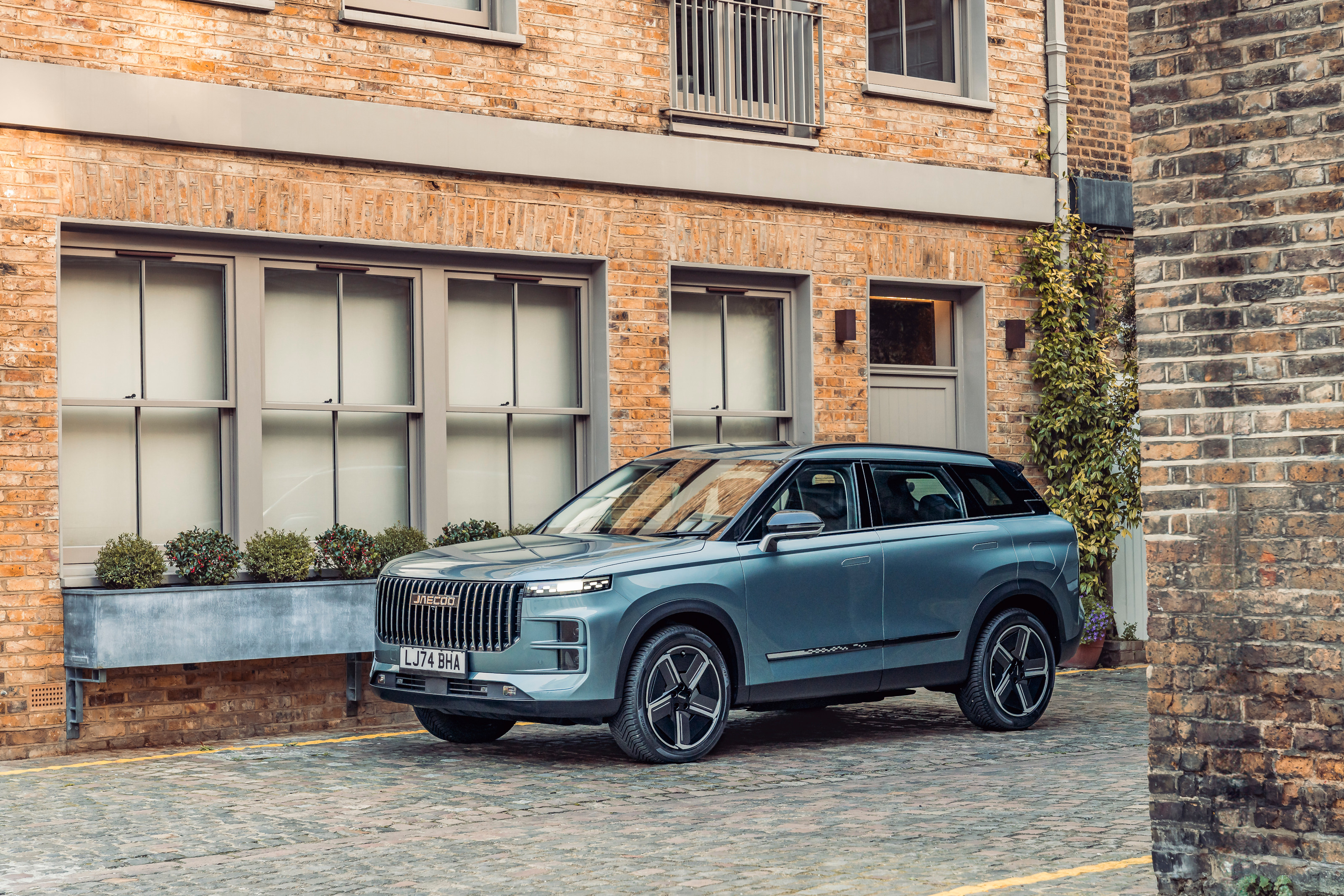
Jaecoo 7
This is the Jaecoo 7, a new SUV from a new brand. Part of the mighty Chery empire, China’s second-biggest car company, Jaecoo is a new nameplate for Europe, developed alongside its new sister brand Omoda.
Whilst Omoda is focused on crossovers, with the C5 (ICE) and E5 (ICE) available for now, Jaecoo is an SUV brand. The J7 is its first model, available as both an ICE model and a ‘Super Hybrid’, with the larger J8 to follow. Confusingly, the J8 has a 7-seat option, while the J7 is only available as a 5-seater.
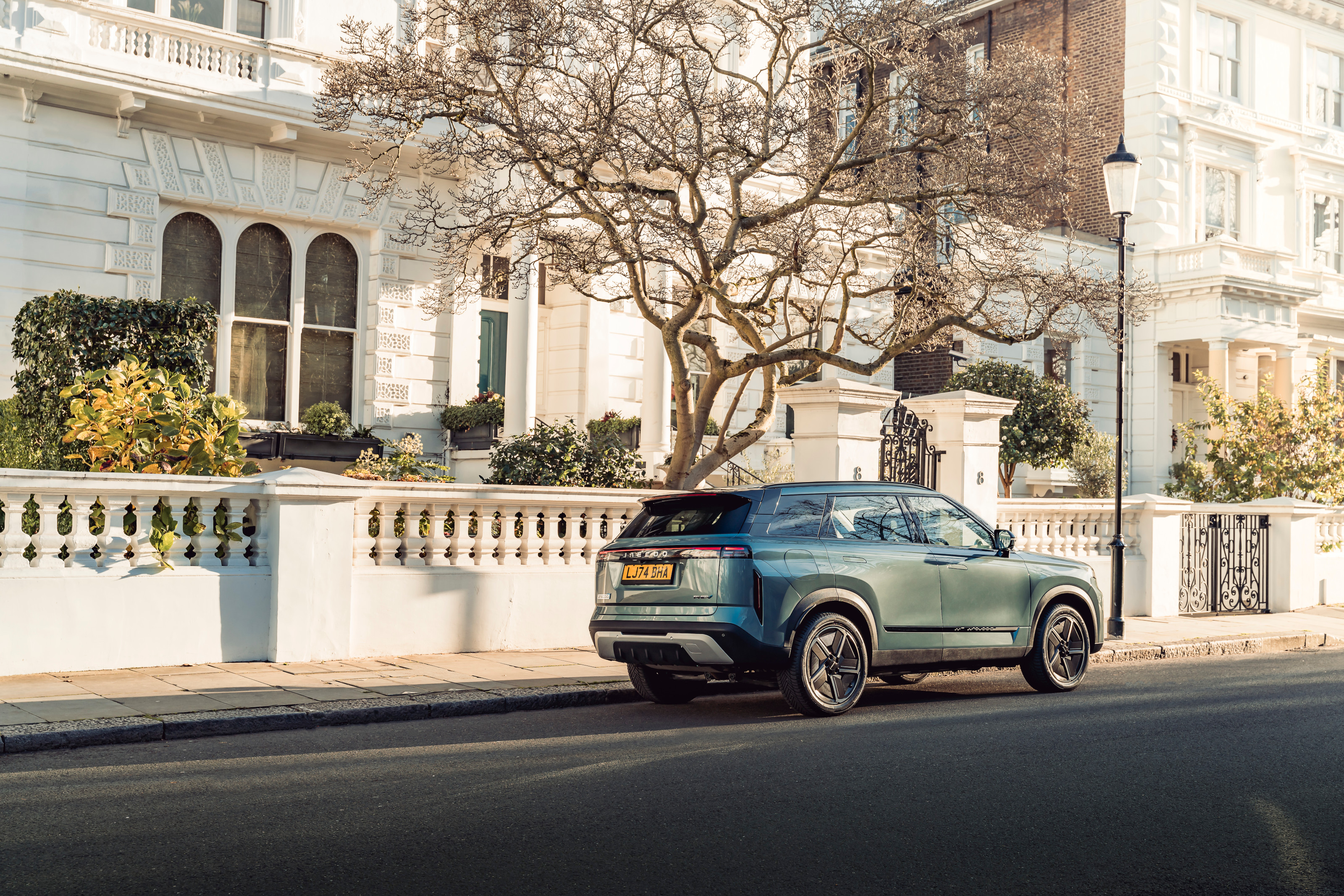
Jaecoo 7
With all that information out of the way, how does Jaecoo shape up as a competitor to its long-established rivals? Visually, the J7 follows the established contemporary SUV playbook, in basic proportion, details and even capabilities. Available as either a 2- or 4-wheel drive ICE model, in addition to the flagship Super Hybrid System (SHS), the base standard powertrain is a modest turbocharged 1.6-litre petrol engine (the hybrid gets a 1.5-litre unit).
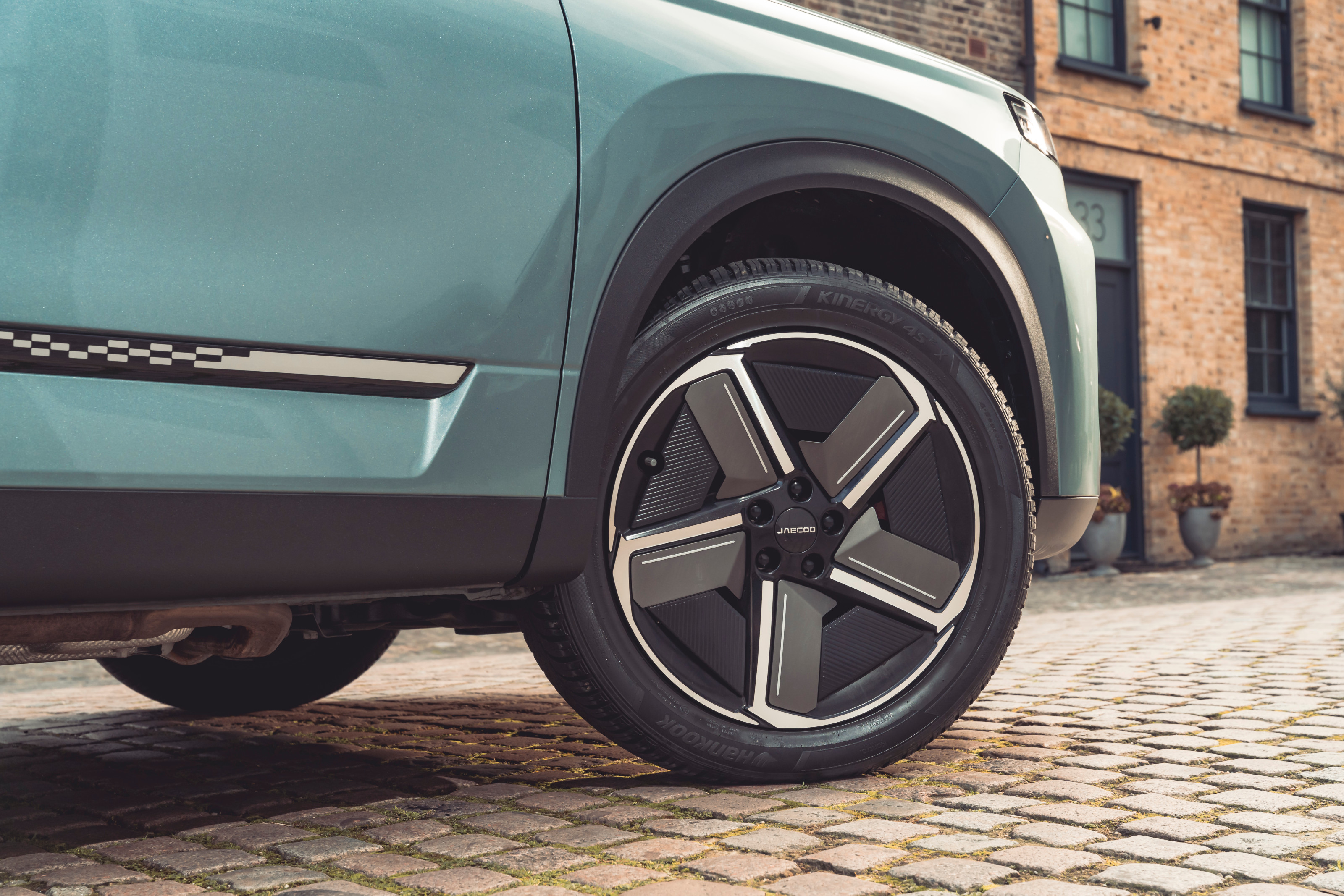
The J7 has 19" wheels as standard
In all-wheel-drive trim, Jaecoo has ladled on all the necessary tech and competence. There are seven different driving modes, including sand, snow and mud, and the car can wade through water to a depth of 0.6m. Generous departure angles at front and rear allow you to tackle steep slopes and there’s also the ubiquitous but rarely used SUV function, hill descent control.
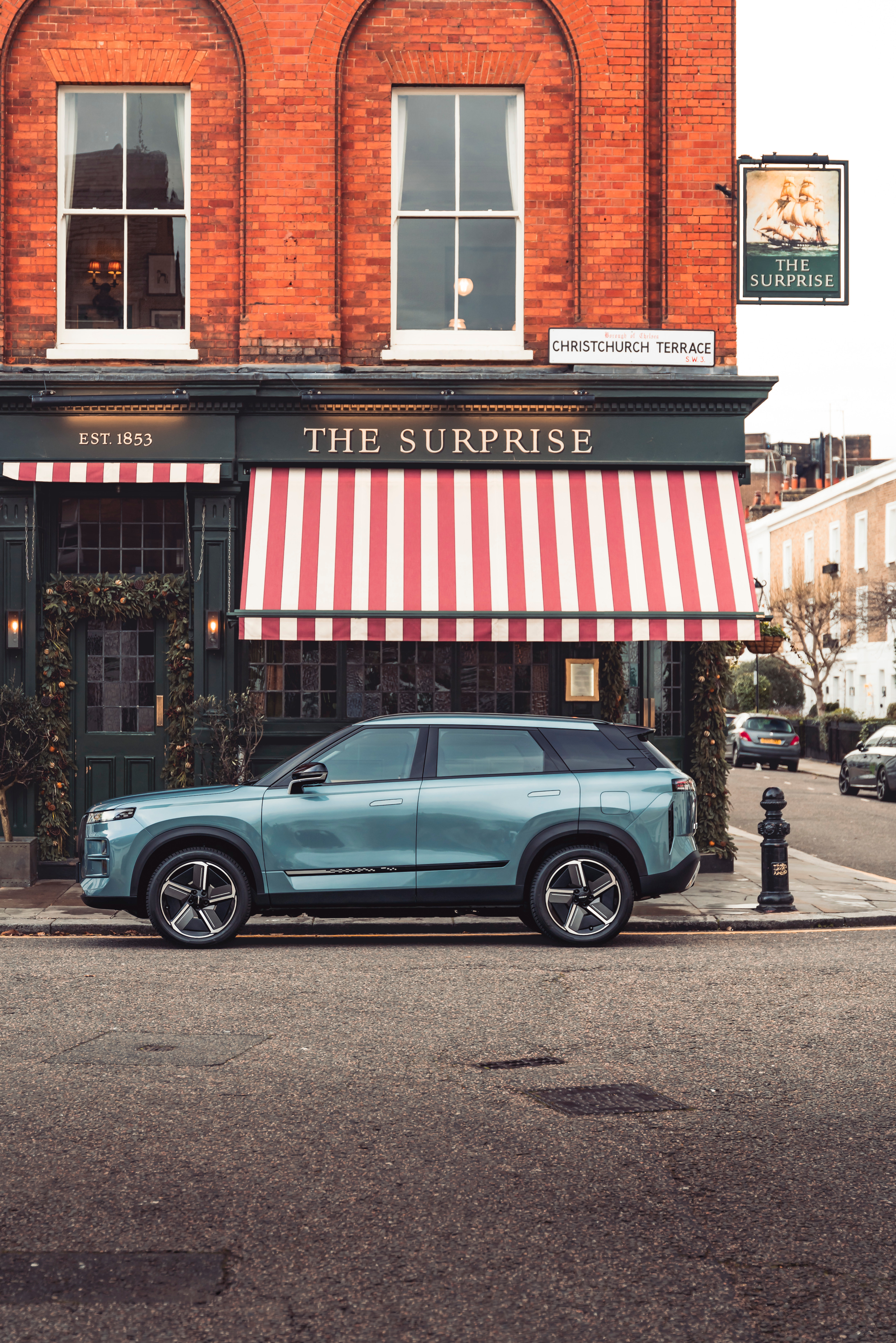
Jaecoo 7 in a more familiar SUV habitat
Choose the SHS specification and you get an SUV with range that far exceeds most people's capacity for sitting behind the wheel; up to 745 miles. The SHS model has been set up so that the battery never runs completely flat, ensuring there’s always enough boost for an EV-only journey should you need it.
All models come with a comprehensive suite of ADAS (Advanced driver-assistance systems), and you’re never too far from a cheery bong or bleep depending on which sensor you’ve offended.
Wallpaper* Newsletter
Receive our daily digest of inspiration, escapism and design stories from around the world direct to your inbox.
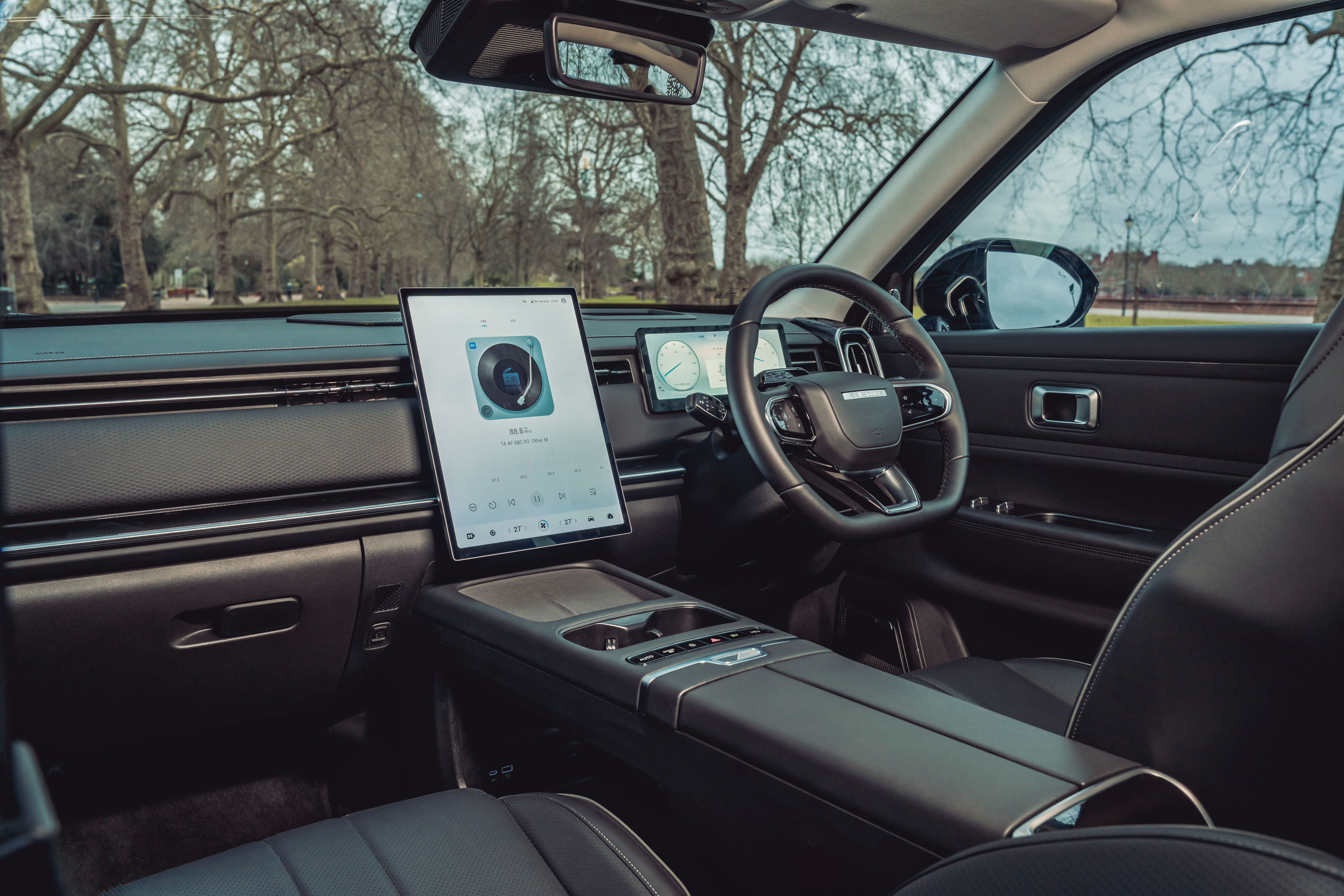
The interior of the Luxury trim Super Hybrid System J7
Visually, the Jaecoo ticks off the tropes without ploughing any fresh ground. At the company’s glittering launch, held in the glossy surroundings of a newly built Californian-style country club, in Windsor, we experienced the wraparound screens, generic lifestyle imagery, stylish computer graphics and a passably pumping big beat soundtrack that have signified car launches for decades.
All boxes were firmly ticked, and the appreciative audience of new dealers, motor industry grandees and the Thames Corridor’s titans of industry and culture hailed Jaecoo’s landing in the UK.
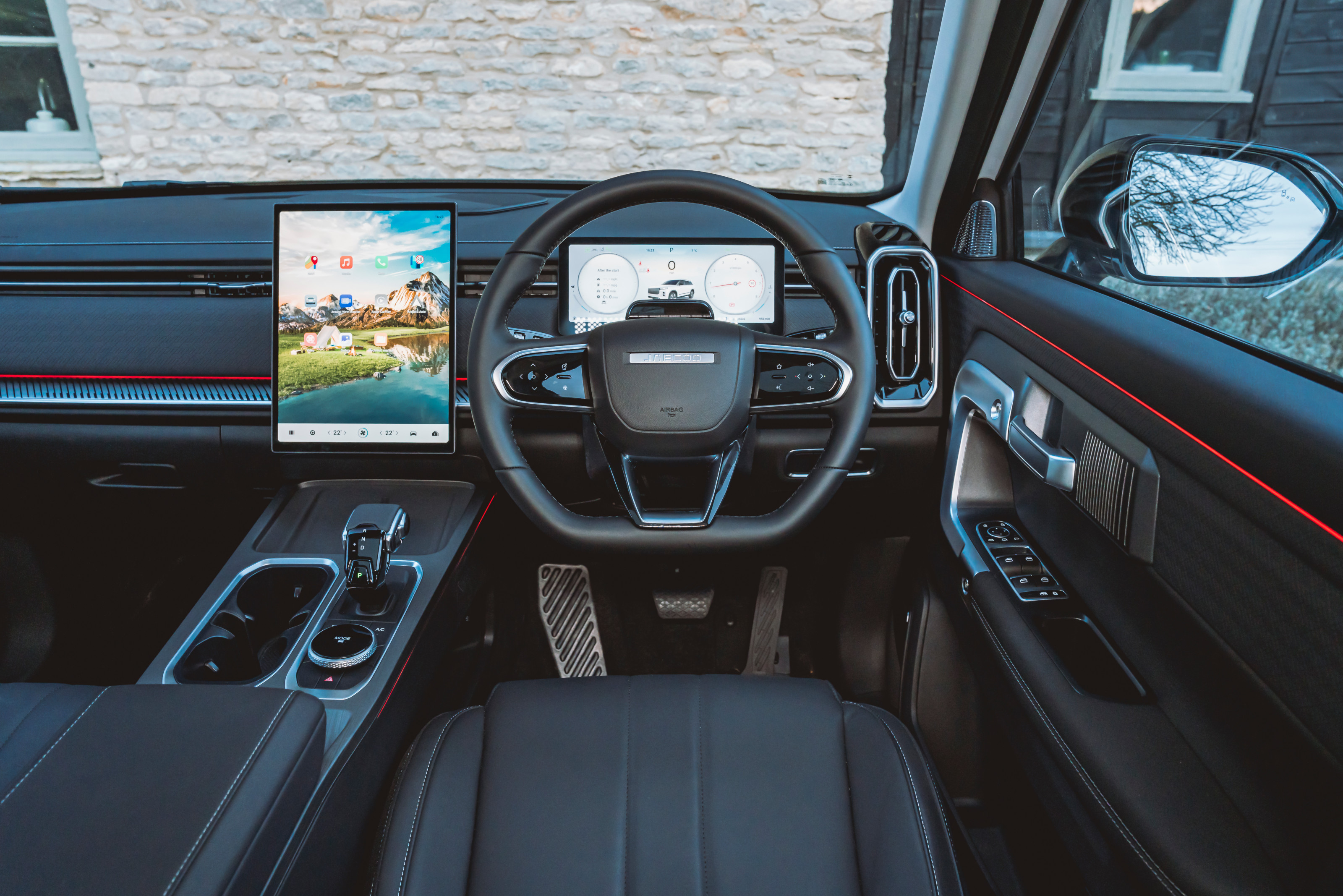
The ICE-powered cars have more conventional door trims and a 'power tool inspired' gear shifter
As brands, Jaecoo and Omoda have been built for Europe. Not from the ground up, mind, because the underpinnings of all these cars can also be found in Chery-branded models in China, most notably the Tiggo 7.
The newly minted companies, together with their logos, identities and styling elements, were put together in the parent company’s network of design studios under the auspices of chief designer Steve Eum, formerly of GM. It was a slight letdown to discover that ‘Jaecoo’ comes from the splicing of the German word for hunter, jäger, and, well, the word ‘cool’. Cool-hunter, you see.
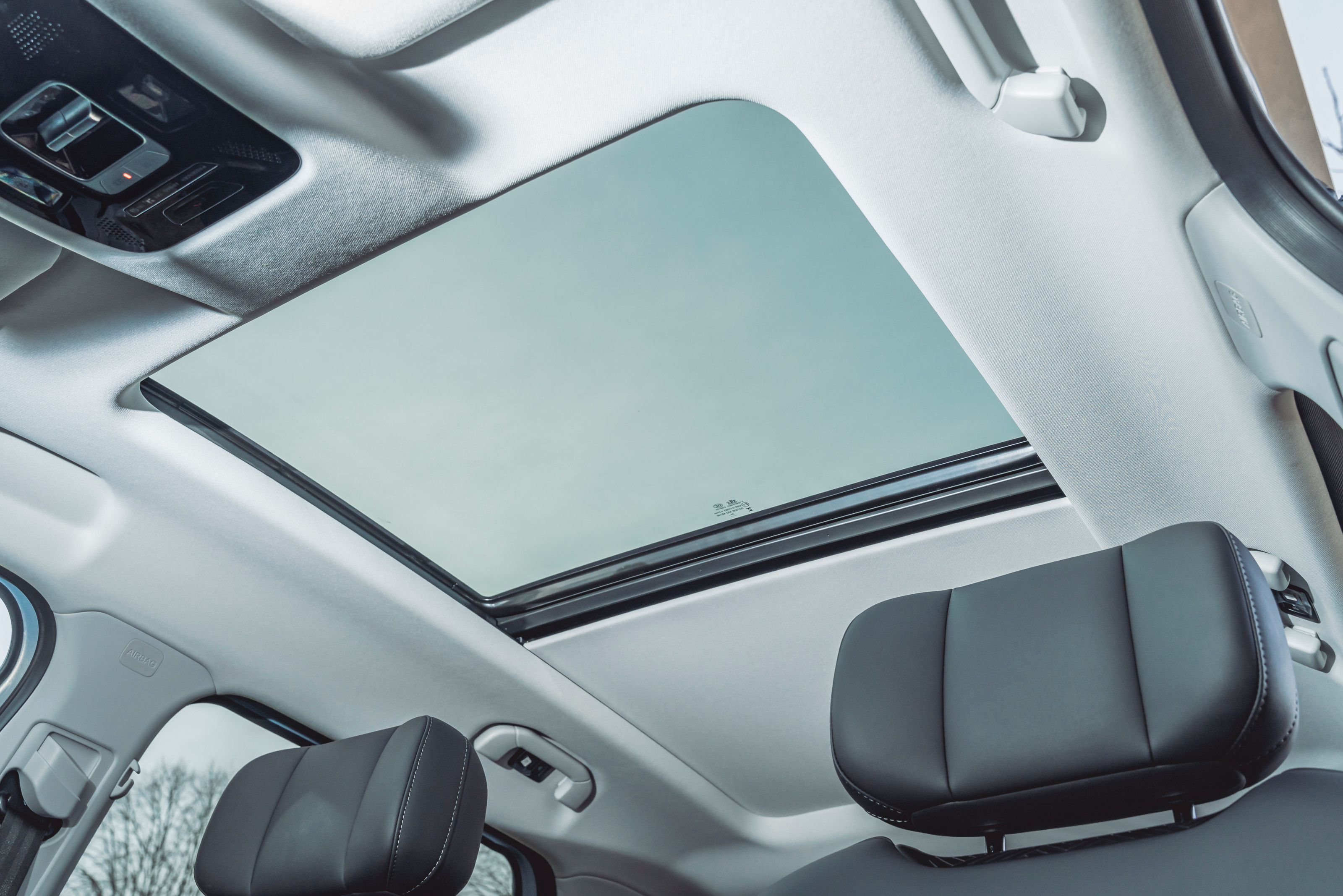
The huge sunroof is one of many standard amentities in the J7
Although it might not be cool in the aspirational sense, those that care unduly about image and status aren’t really the target customers. We suspect the J7 will come to occupy the same kind of similar niche as the venerable Mitsubishi Outlander PHEV did a decade ago, a no-nonsense, practical, reliable and economical family car that offered a lot for the money. For someone who cares little about traditional signifiers of status and doesn’t fancy spending the same again for something like a Range Rover Velar, the J7 is just the ticket.
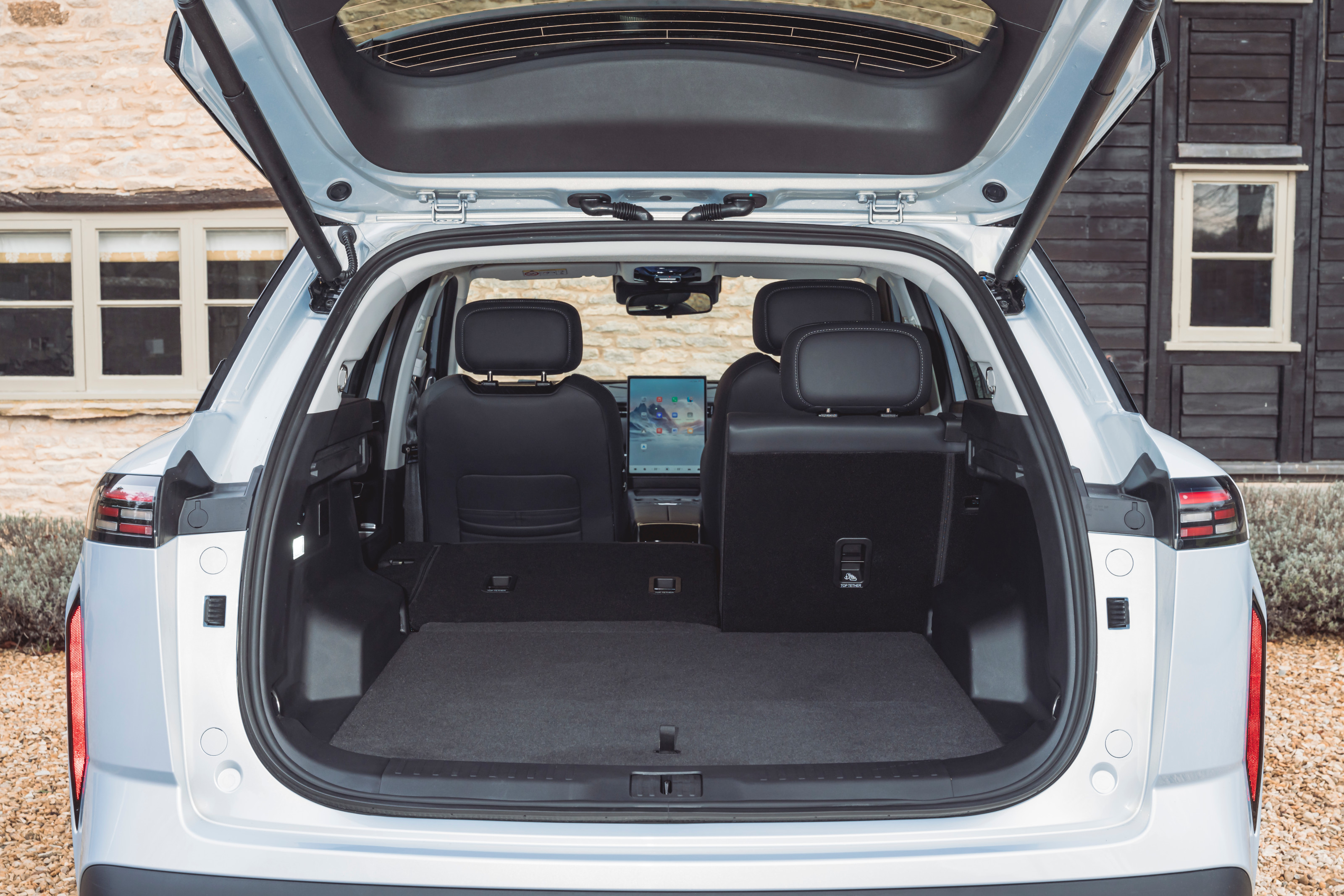
The Jaecoo 7 oozes practicality
We’d be remiss if we didn’t point out some very JLR-type design details, like the rear light and signature bar, the blacked-out C and D pillars beneath the body-coloured roof or the sleek LED headlights flanking a deep, prominent grille. It’s by no means a straight copy, more of a collage of familiar SUV elements assembled into something with a semblance of gravitas.
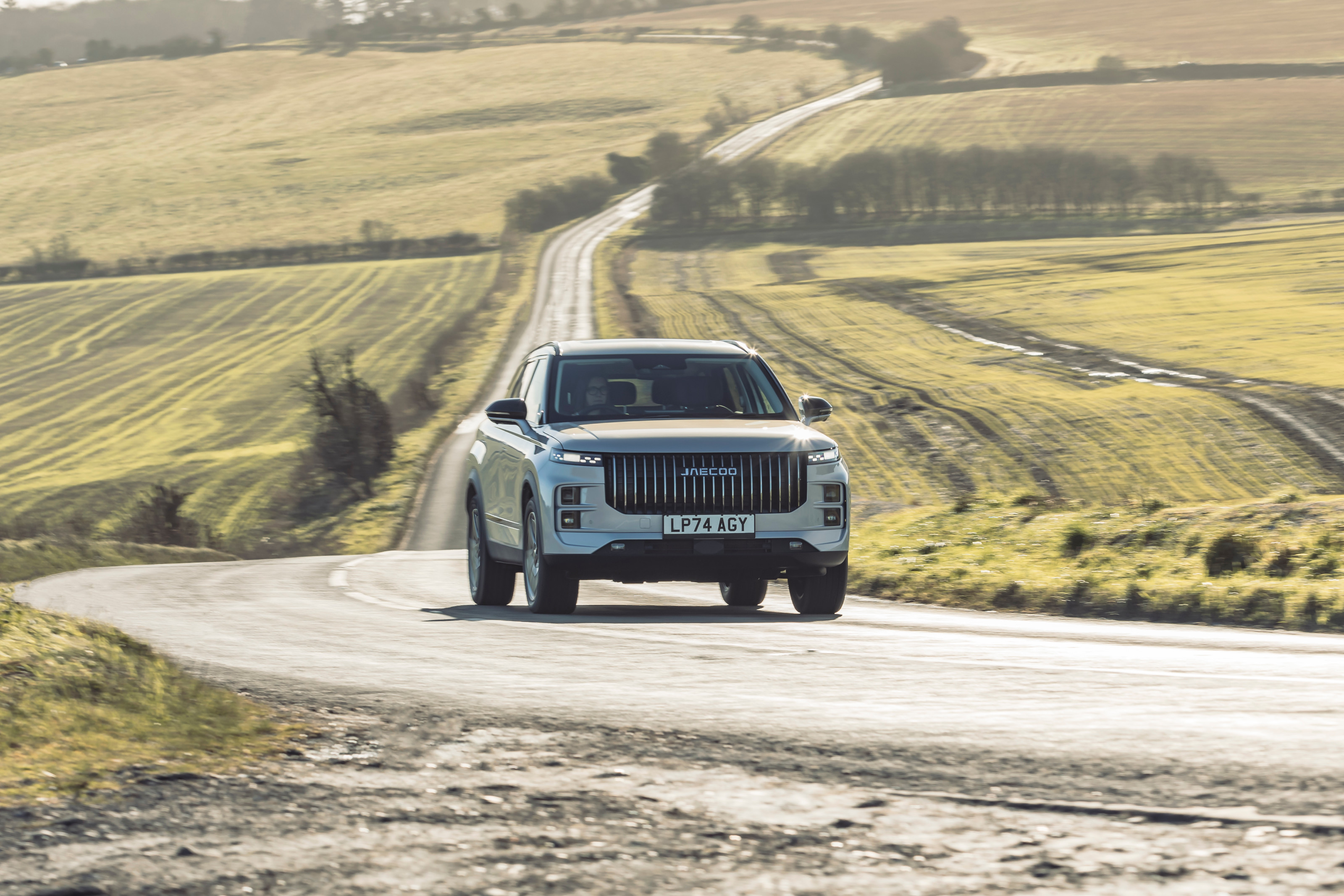
Jaecoo 7
Again, the no-label crowd will lap it up, especially as there’s a vast list of standard kit, especially in the Luxury trim, where you get a 14.8” central touchscreen, 8-speaker Sony audio, head-up display, wireless Android Auto and Apple CarPlay, no less than four USB points in addition to the 50W wireless charge pad and the ability to power external devices from the car. A massive sunroof and double-glazed windows bring both light and refinement, while the 3D camera parking system wouldn’t have been out of place on a Rolls-Royce only a few years ago.
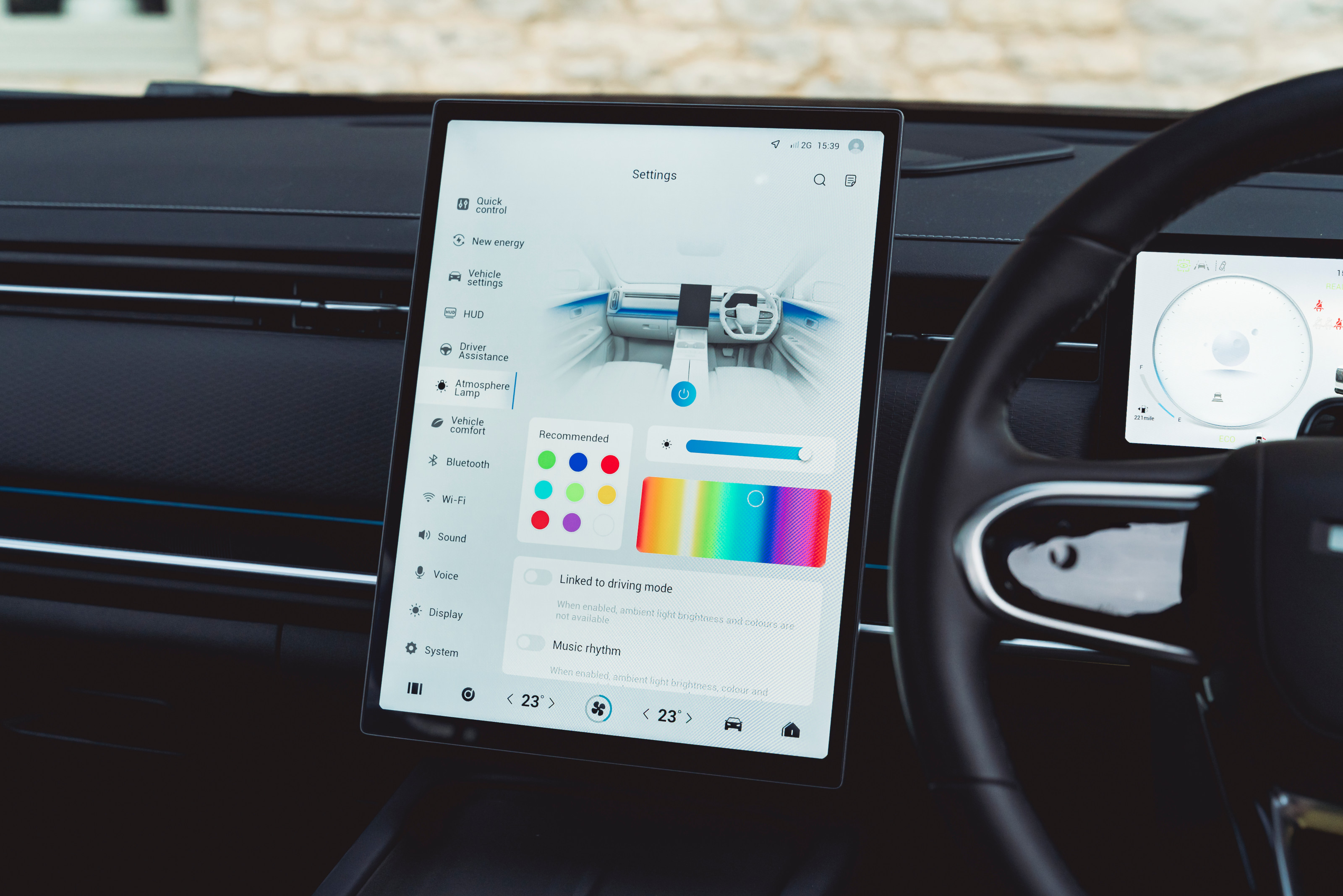
Colours aplenty, inside the Jaecoo 7
Some of the function feels a little overwrought; the interior LED lighting selector wouldn’t look out of place on an app for a cheap disco light and the decision to move wing mirror controls to the touchscreen in the Luxury model flies in the face of ergonomics, even if it's supposedly a more premium approach.
Crucially, one area where Jaecoo has very wisely decided not to compete is powertrain. To a large extent, big Western brands are still hamstrung by the association between big engines and luxury motoring; there’s just no way that a big SUV from Audi, Mercedes, BMW, etc., could get away with only a 1.6-litre engine, regardless of the boost provided by the hybrid system.
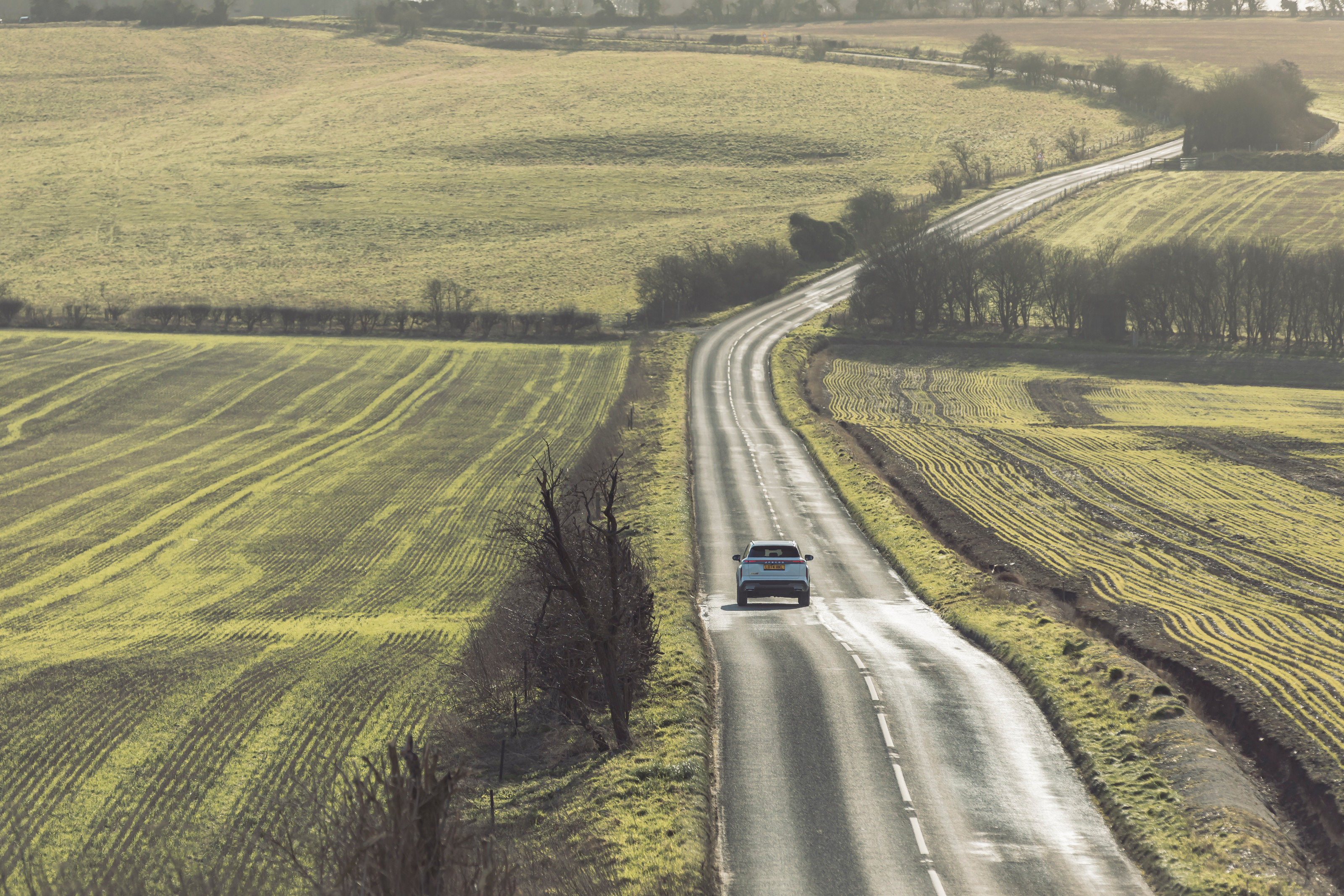
Jaecoo 7
This will change, of course, as ICE slowly fades away. This new Chinese brand has neatly sidestepped the powertrain battle by showing up to a gunfight with a water pistol. And it will still probably win. Again, our imaginary buyer probably won’t care too much that the engine is a little unrefined and rough around the edges, although the SHS model smooths these out with electric power.
Performance is adequate, certainly for the busy roads of Berkshire, even if the steering is a little light and woolly. We didn’t get a chance to take the J7 off-road but doubt it could keep up with a JLR machine when the going got really tough. In real world conditions, the J7 would be more than capable.
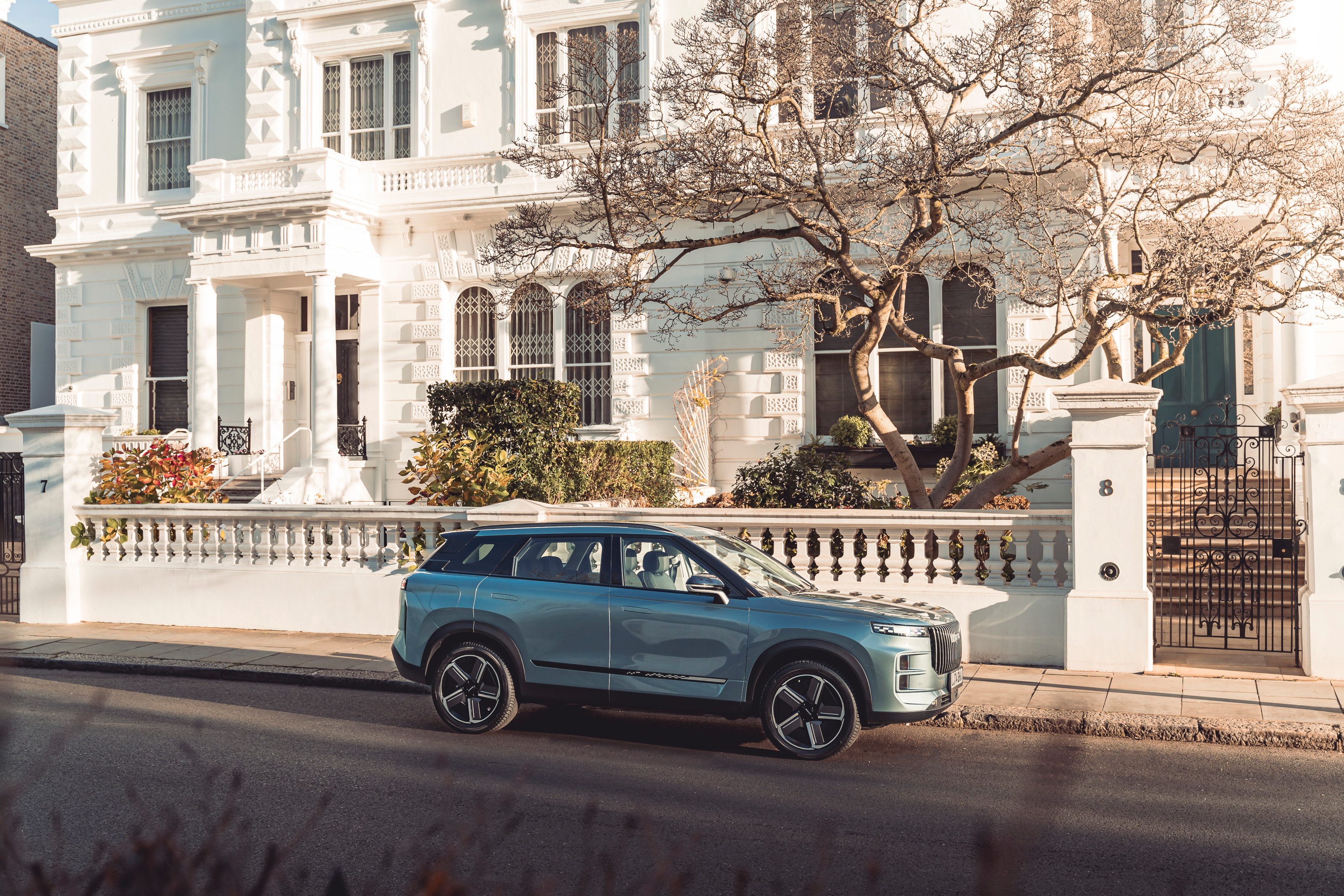
Jaecoo 7
Regardless of the ins and outs of trade deals and tariffs, intellectual property tussles and warring AIs, China’s dominance of the car market is very real. Considering the J7 is a first effort, it’s little wonder other brands are running scared. Chery is currently looking at a potential factory site in Spain, and there’s already a R&D centre in Germany.
Steve Eum told us how quickly decisions can be made by companies like Chery, where there’s a more ‘flexible and fluid’ culture that’s conducive to innovation and rapid change. Chery has a large (500+ people) design team drawing on talent from around the world, in common with many large international car makers.
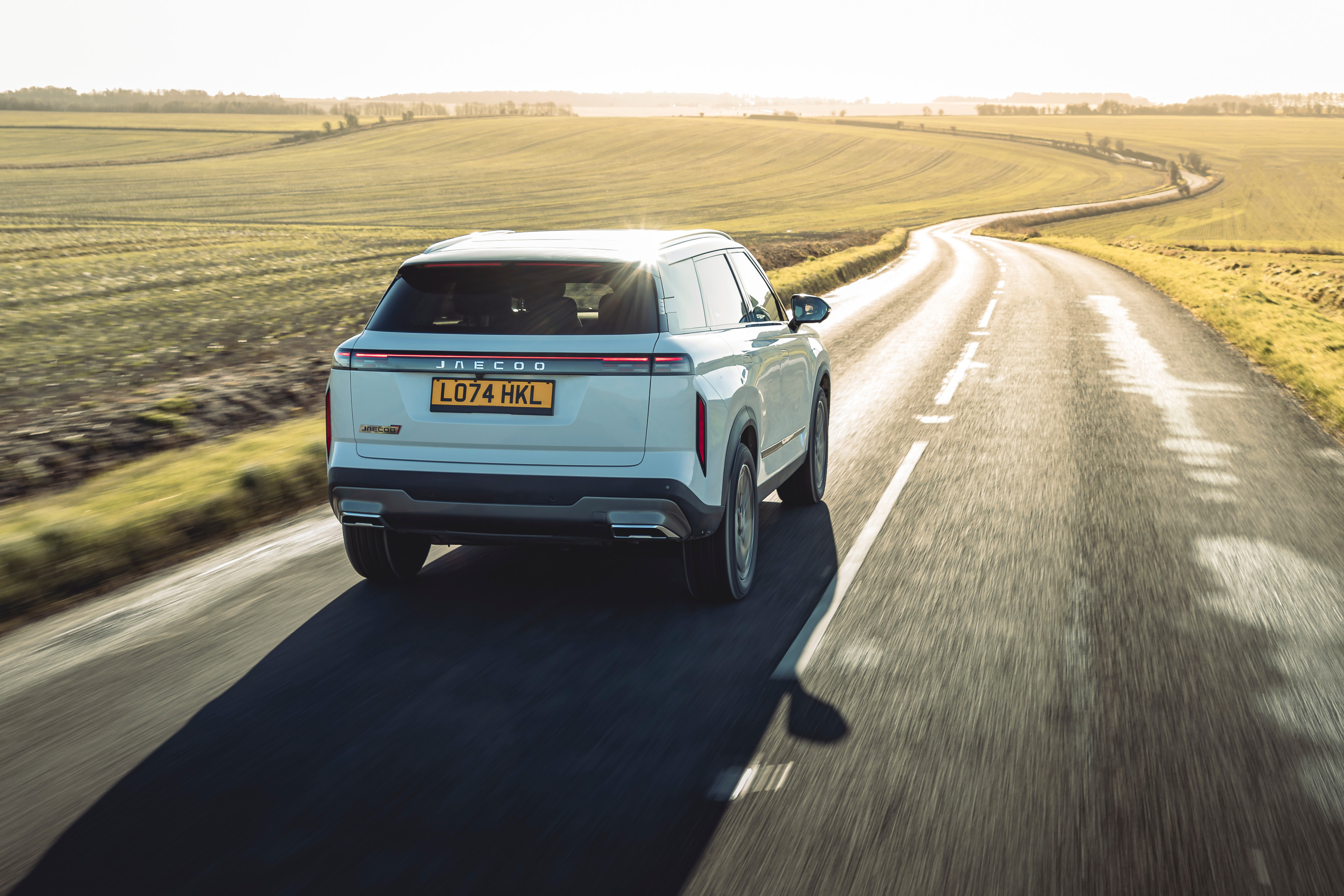
Jaecoo 7
China offers an avalanche of new models and brands, particular in the EV sphere. A monolith like Chery, with its annual sales of 2.6m cars and 80,000 employees, can fracture itself into myriad sub-brands to tackle the specific wants and needs of a particular market. Perversely, in China, Chery partners with JLR. In fact, JLR has recently licensed the ‘Freelander’ name to Chery, which will then build cars on its own premium E0X EV platform for the domestic and international market. An interesting clash is being set up a couple of years down the road.
With mass market cars costing more than ever before to own and run, the ‘economy premium’ sector looks like one of the few safe bets for the future. With the J7, Jaecoo has demonstrated that functionalism and necessity needn’t be lacking in sparkle.
Jaecoo 7, from £29,435, Jaecoo.co.uk, @Jaecoo.uk, OmodaJaecoo.com
Jonathan Bell has written for Wallpaper* magazine since 1999, covering everything from architecture and transport design to books, tech and graphic design. He is now the magazine’s Transport and Technology Editor. Jonathan has written and edited 15 books, including Concept Car Design, 21st Century House, and The New Modern House. He is also the host of Wallpaper’s first podcast.
-
 Put these emerging artists on your radar
Put these emerging artists on your radarThis crop of six new talents is poised to shake up the art world. Get to know them now
By Tianna Williams
-
 Dining at Pyrá feels like a Mediterranean kiss on both cheeks
Dining at Pyrá feels like a Mediterranean kiss on both cheeksDesigned by House of Dré, this Lonsdale Road addition dishes up an enticing fusion of Greek and Spanish cooking
By Sofia de la Cruz
-
 Creased, crumpled: S/S 2025 menswear is about clothes that have ‘lived a life’
Creased, crumpled: S/S 2025 menswear is about clothes that have ‘lived a life’The S/S 2025 menswear collections see designers embrace the creased and the crumpled, conjuring a mood of laidback languor that ran through the season – captured here by photographer Steve Harnacke and stylist Nicola Neri for Wallpaper*
By Jack Moss